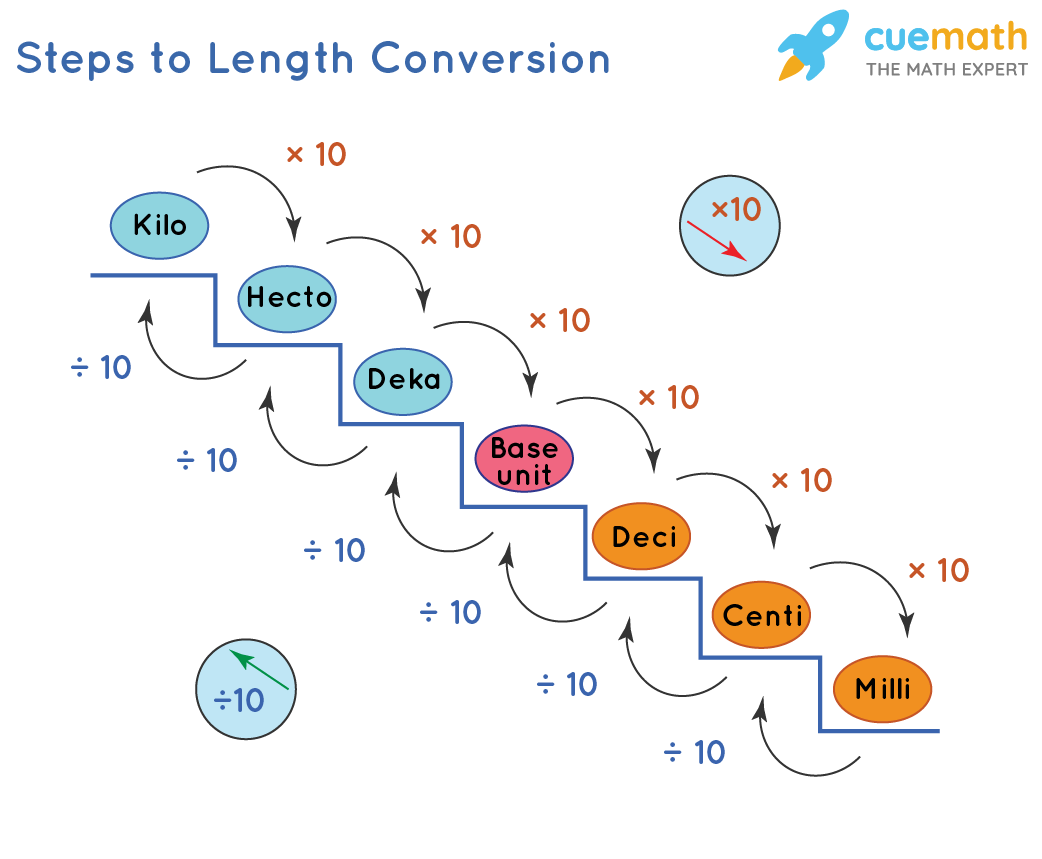
conversion of units
An introduction to conversion of units...
Name: Own Teacher
Email: info@ownteacher.com
Created At: 21-10-2023
what is conversion of units…??
Conversion of units is the conversion between different units of measurement for the same quantity, typically through multiplicative conversion factors which change the measured quantity value without changing its effects.
Unit conversion is the process of changing the units of a measurement while keeping the quantity's value equivalent. It's crucial in various fields, including science, engineering, trade, and everyday life, as different regions and disciplines often use distinct systems of measurement. Converting units ensures that measurements are consistent and can be understood universally.
Here's a detailed explanation of unit conversion:-
Understanding Units: Units are labels used to quantify and describe physical quantities. For instance, length can be measured in meters (m), feet (ft), or kilometers (km). Unit symbols are a standardized way of representing these measurements.
Reasons for Conversion:
- Compatibility: Converting units allows for consistent comparisons and calculations, especially when data comes from different sources.
- Precision: Converting to a more appropriate unit often yields a more precise value.
- Clarity: Units that are more familiar or easier to visualize can enhance communication.
- Convenience: Choosing units that better match the scale of the measurement can make the data more manageable.
Conversion Factors: Conversion factors are ratios that express the relationship between two different units. They are based on the equivalence between the two units. For example:
- 1 meter (m) is equivalent to 3.28084 feet (ft).
- 1 kilogram (kg) is equivalent to 2.20462 pounds (lb).
- 1 liter (L) is equivalent to 0.26417 gallons (gal).
The Conversion Process:
- To convert from one unit to another, you can use conversion factors. You multiply the original value by the conversion factor to get the equivalent value in the desired unit.
- For example, to convert 5 meters (m) to feet (ft), you would use the conversion factor: 1 m = 3.28084 ft.
- Conversion: 5 m * 3.28084 ft/m = 16.4042 ft.
Dimensional Analysis: This is a systematic method for converting units. It involves using conversion factors to cancel out unwanted units and retain the desired units. This ensures that the final result has the correct units.
Compound Conversions: Sometimes, you might need to perform multiple unit conversions in a sequence to get from one unit to another. In such cases, each step involves using the appropriate conversion factors.
Accuracy: It's essential to be accurate when converting units, especially in scientific and engineering contexts. Errors can lead to incorrect calculations, misleading data, or even safety issues.
Online Tools: Many online converters and calculators are available to simplify unit conversion. These tools often cover a wide range of units and offer convenience.
Unit conversion is a fundamental skill in various fields, and it's essential for ensuring the consistency, accuracy, and clarity of measurements and calculations.
Comment List
Leave a Comment.



